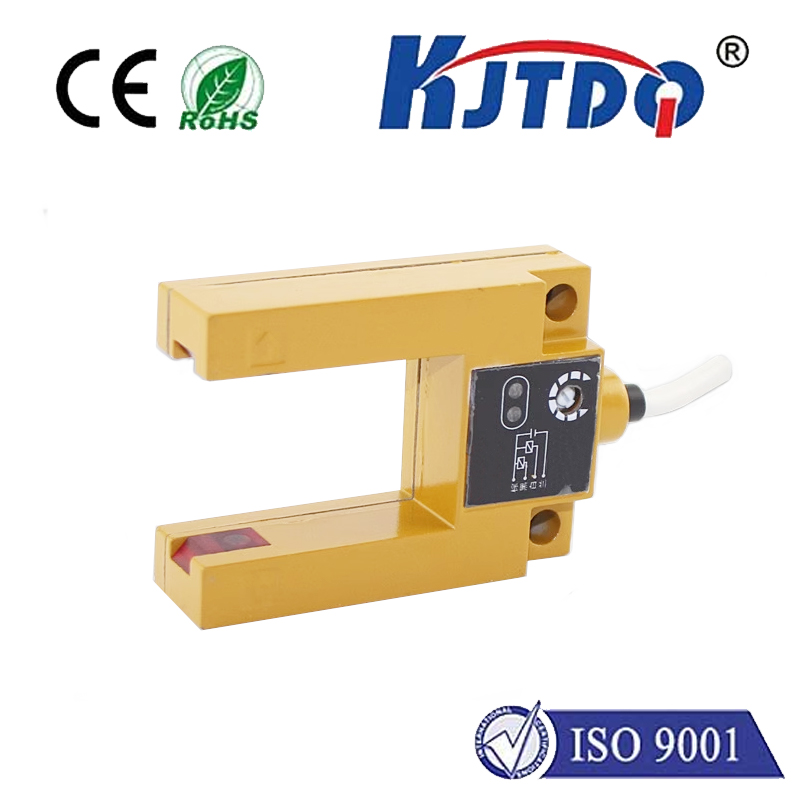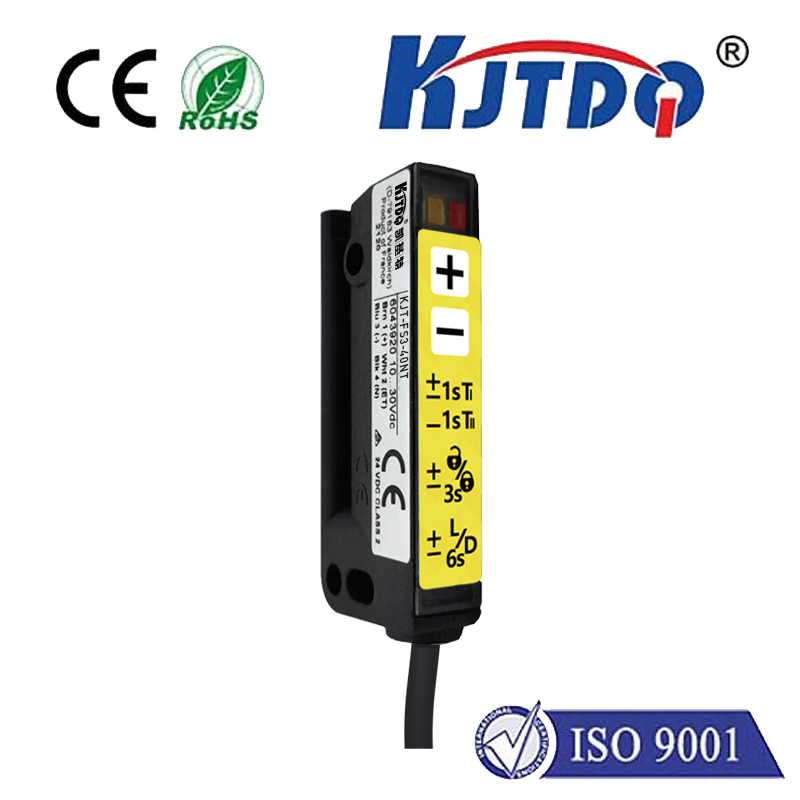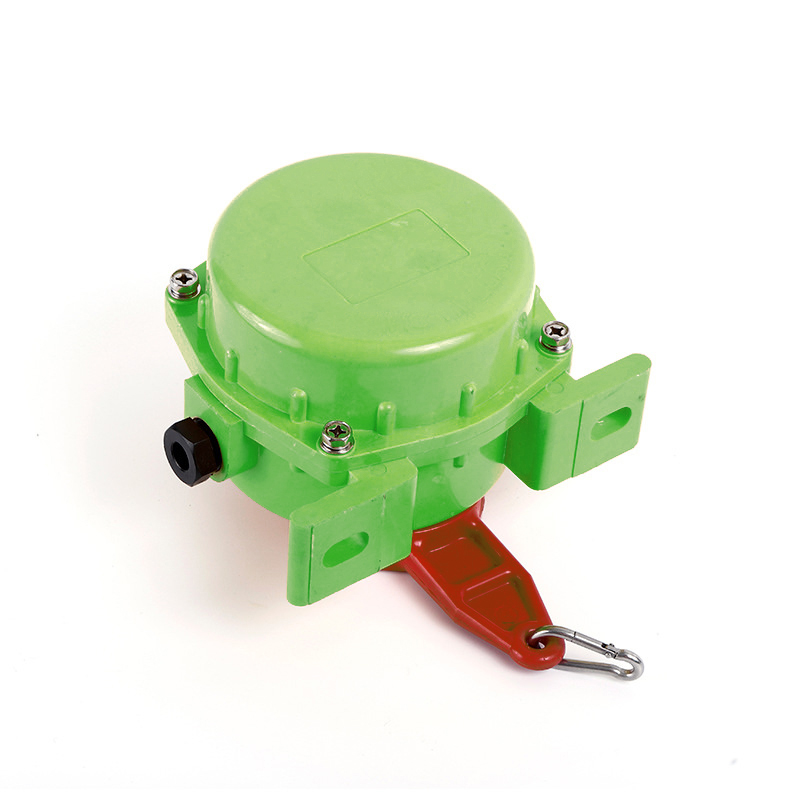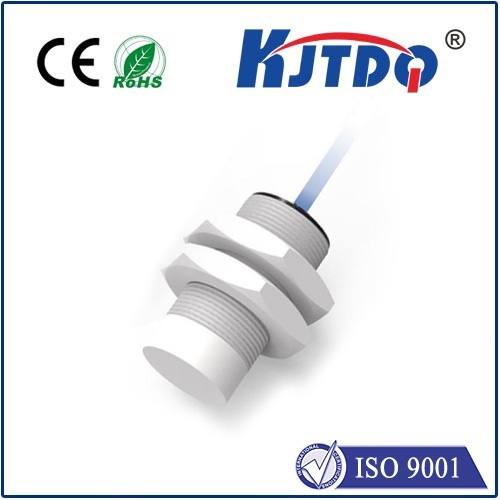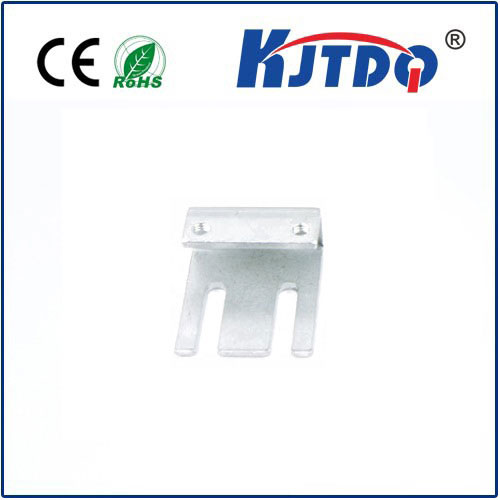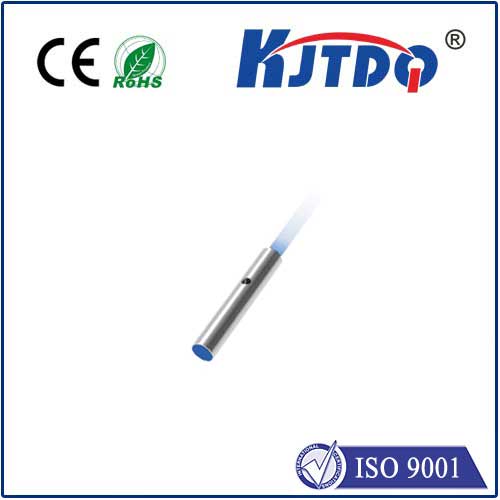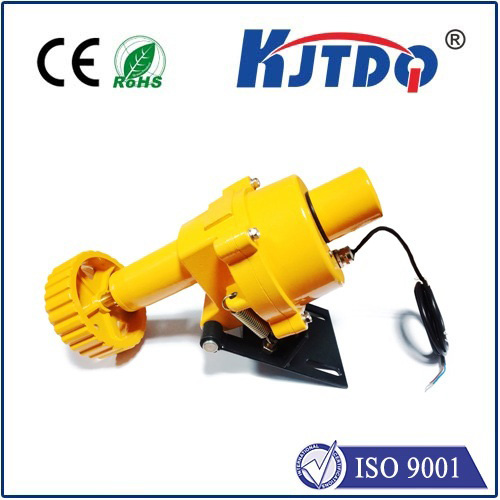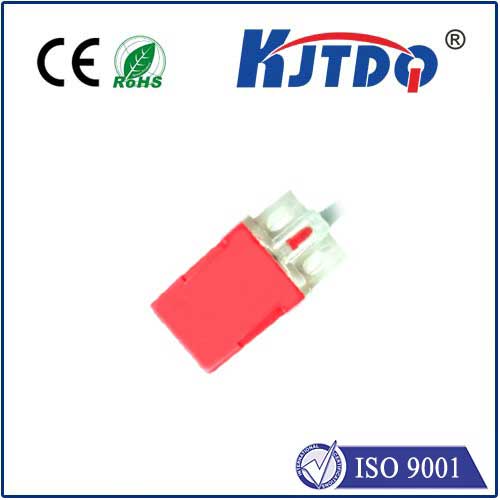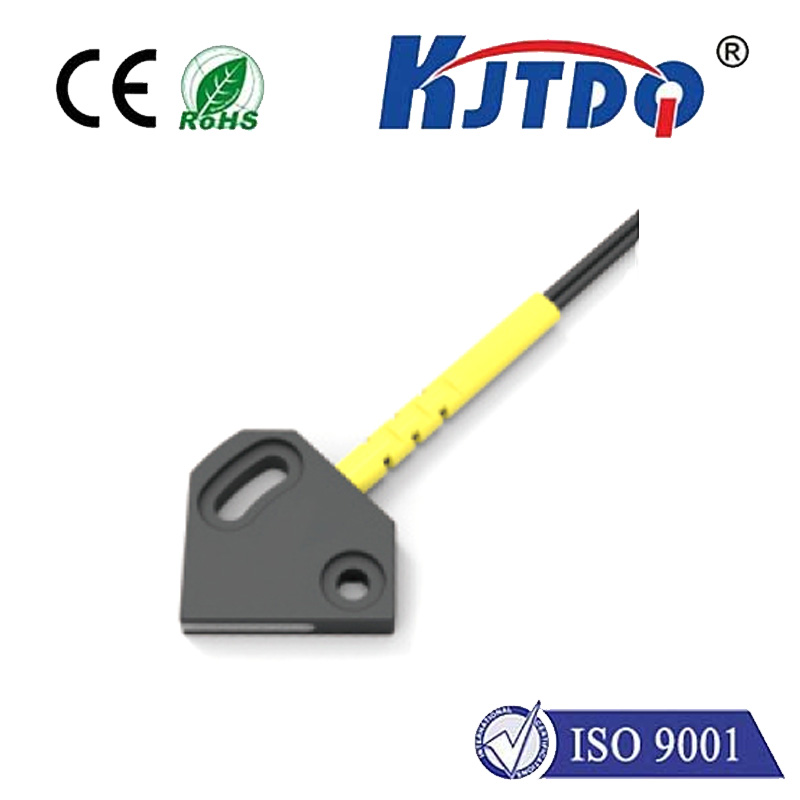
check

check

check

check
In a world that is increasingly driven by technology, the humble proximity sensor has emerged as a game-changing innovation. This tiny device, embedded into various objects or spaces, can detect and measure changes in the proximity of an object or person. Its potential applications are vast and varied, ranging from home automation to medical diagnosis.
At its core, a proximity sensor works based on the principles of electromagnetic fields. When an object approaches or leaves the field of a sensor, it triggers an electrical signal, which is then interpreted as a change in proximity. This simple mechanism has given rise to a wide range of uses, from automatic door locks to motion sensors in home security systems.
One of the most exciting prospects of proximity sensors is their ability to enhance our interactions with technology. For instance, smartphones equipped with proximity sensors can automatically adjust the screen's brightness or even shut down when placed face down on a table, saving battery life. In healthcare, these sensors can monitor patient vitals without requiring constant physical monitoring, improving accessibility and patient outcomes.
However, despite its immense potential, the adoption of proximity sensors is not without challenges. One major issue is privacy - since proximity sensors can detect when an object or person moves near them, concerns have been raised about how this data is being used and who has access to it. Additionally, the accuracy of these sensors depends on factors such as their placement and orientation, making it crucial for developers to ensure they are designed to meet specific needs accurately.
As we continue to unlock the power of closeness through proximity sensors, it is clear that this technology will play a significant role in shaping our future. From enhancing our daily lives to transforming industries like healthcare and manufacturing, the possibilities are endless. As we move forward, it is essential that we address these challenges and work towards developing more advanced and reliable proximity sensors that balance innovation with privacy and security.
